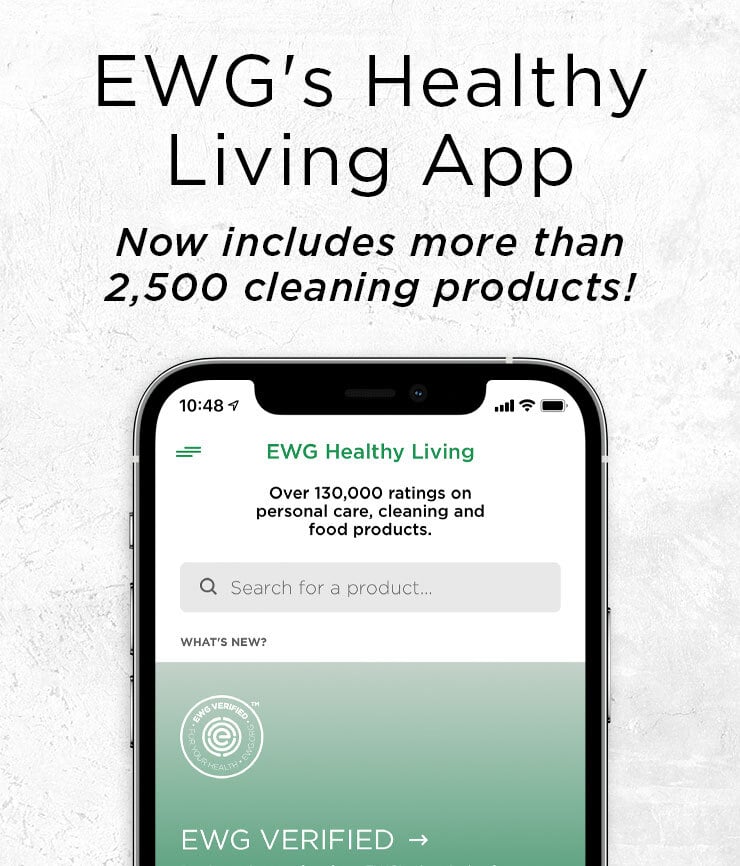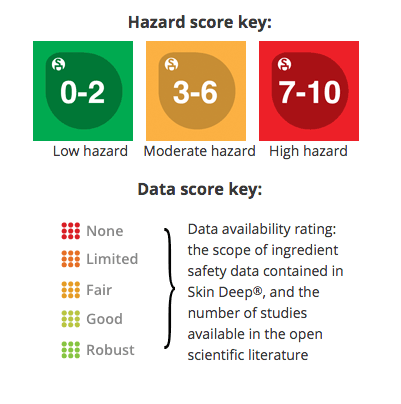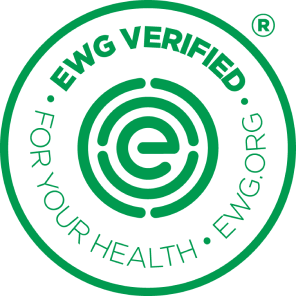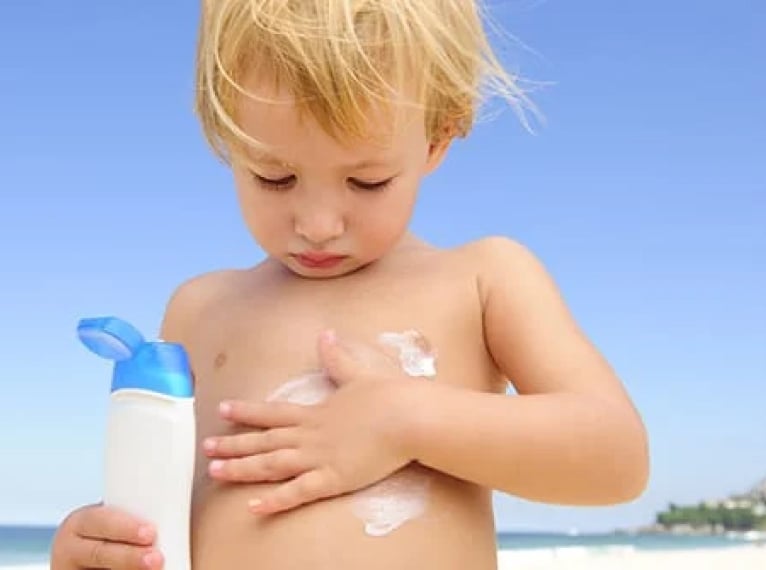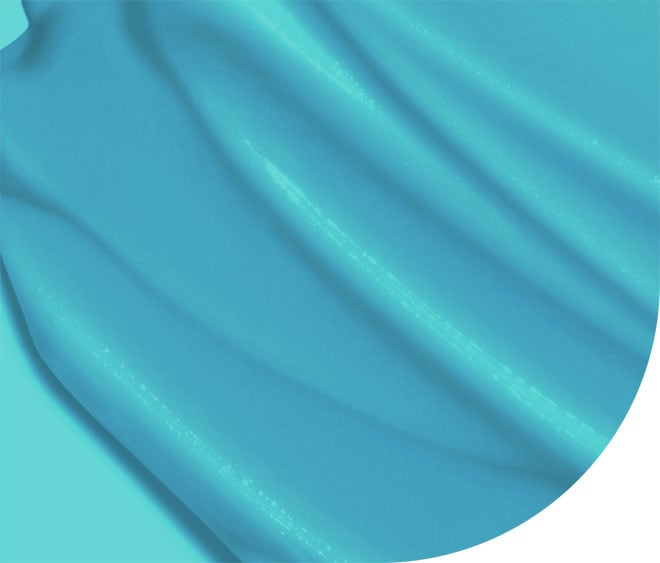
HOME / daily use SPF / moisturizer with SPF

ISDIN Eryfotona Actinica Ultralight Emulsion Sunscreen, SPF 50+
ISDIN Eryfotona Actinica Ultralight Emulsion Sunscreen, SPF 50+

WHERE TO BUY
Health Concerns
-
LOWCancer
-
HIGHAllergies & Immunotoxicity
-
LOWDevelopmental and Reproductive Toxicity
-
HIGHUse Restrictions
Efficacy Concerns
-
Caution We have flagged this product with 2 concerns Based on EWG's modeling, the UV protection is significantly lower than the SPF value would indicate.
Sunscreens can break down while still in the bottle. To be safe dispose of products when the mixture clumps or separates.
-
highUVA/UVB Balance
Ingredient Scores
Ingredients are scored based on their formulation and concentration in this product. Click on an ingredient for more information.

|
TITANIUM DIOXIDE (sunscreen grade) active ingredient 11%
Data Availability: Good
|


|
||||
|
||||||

|
WATER
Data Availability: Robust
|


|
||||
|
||||||

|
DIETHYLHEXYL CARBONATE
Data Availability: Limited
|


|
||||
|
||||||

|
DIBUTYL ADIPATE
Data Availability: Limited
|


|
||||
|
||||||

|
CYCLOPENTASILOXANE
Data Availability: Fair
|


|
||||
|
||||||

|
DICAPRYLYL CARBONATE
Data Availability: Limited
|


|
||||
|
||||||

|
ALCOHOL DENATURED
Data Availability: Good
|


|
||||
|
||||||

|
CYCLOHEXASILOXANE
Data Availability: Limited
|


|
||||
|
||||||

|
BUTYLENE GLYCOL
Data Availability: Fair
|


|
||||
|
||||||

|
PEG-30 DIPOLYHYDROXYSTEARATE
Data Availability: Fair
|


|
||||
|
||||||

|
NYLON-12
Data Availability: Limited
|


|
||||
|
||||||

|
PEG-10 DIMETHICONE
Data Availability: None
|


|
||||
|
||||||

|
DIMETHICONE
Data Availability: Fair
|


|
||||
|
||||||

|
SODIUM CHLORIDE
Data Availability: Robust
|


|
||||
|
||||||

|
PHENOXYETHANOL
Data Availability: Good
|


|
||||
|
||||||

|
DISTEARDIMONIUM HECTORITE
Data Availability: None
|


|
||||
|
||||||

|
TRIETHOXYCAPRYLYLSILANE
Data Availability: Fair
|


|
||||
|
||||||

|
TOCOPHERYL ACETATE
Data Availability: Limited
|


|
||||
|
||||||

|
GLYCERYL MONOSTEARATE
Data Availability: Fair
|


|
||||
|
||||||

|
FRAGRANCE
Data Availability: Fair
|


|
||||
|
||||||

|
BISABOLOL
Data Availability: Limited
|


|
||||
|
||||||

|
DISODIUM EDTA
Data Availability: Limited
|


|
||||
|
||||||

|
ETHYLHEXYLGLYCERIN
Data Availability: Limited
|


|
||||
|
||||||

|
PANTHENOL
Data Availability: Limited
|


|
||||
|
||||||

|
PEG-8
Data Availability: Fair
|


|
||||
|
||||||

|
TOCOPHEROL
Data Availability: Fair
|


|
||||
|
||||||

|
LECITHIN
Data Availability: Good
|


|
||||
|
||||||

|
PLANKTON EXTRACT
Data Availability: Limited
|


|
||||
|
||||||

|
ASCORBYL PALMITATE (VITAMIN C PALMITATE)
Data Availability: Fair
|


|
||||
|
||||||

|
ASCORBIC ACID (VITAMIN C)
Data Availability: Limited
|


|
||||
|
||||||

|
CITRIC ACID
Data Availability: Good
|


|
||||
|
||||||
Ingredients from label
Active ingredient: Zinc Oxide (11%), Inactive ingredients: Water, Diethylhexyl Carbonate, Dibutyl Adipate, Cyclopentasiloxane, Dicaprylyl Carbonate, Alcohol Denat., Cyclohexasiloxane, Butylene Glycol, PEG-30 Dipolyhydroxystearate, Nylon-12, PEG-10 Dimethicone, Dimethicone, Sodium Chloride, Phenoxyethanol, Disteardimonium Hectorite, Triethoxycaprylylsilane, Tocopheryl Acetate, Glyceryl Stearate, Fragrance, Bisabolol, Disodium EDTA, Ethylhexylglycerin, Panthenol, PEG-8, Tocopherol, Lecithin, Plankton Extract, Ascorbyl Palmitate, Ascorbic Acid, Citric Acid.

